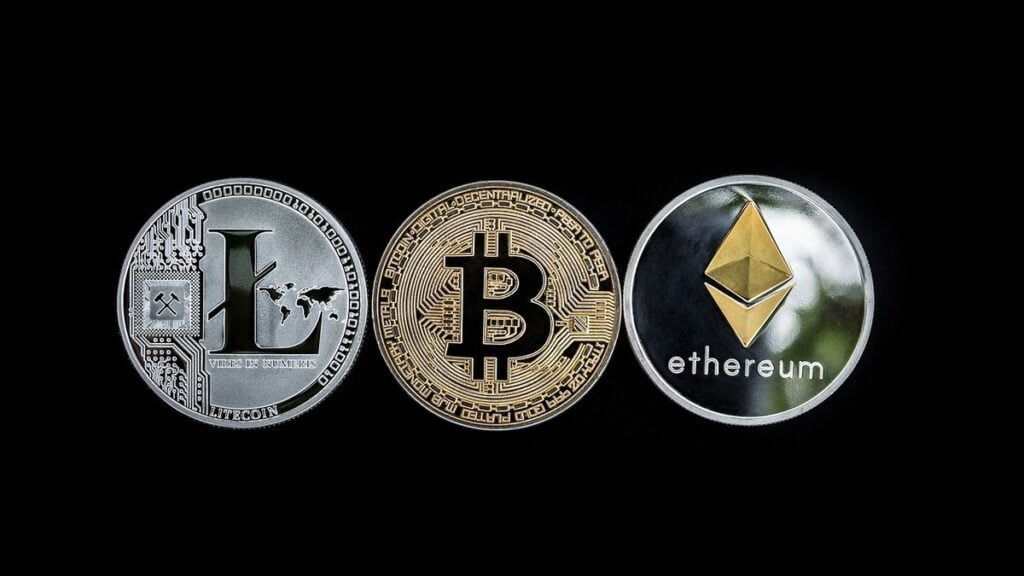When talking about blockchain, the instinct is always to think of Bitcoin. But besides it, there are already several other successful blockchain networks in operation, such as the Ethereum network. For each of these networks to exist and function, a whole chain of elements is needed together, and this is what is called the blockchain ecosystem.
At school, we generally learn about ecological ecosystems, referring to the set of beings and elements in a given region and their interactions with each other and with the environment. Thus, we learn that bees need pollen from flowers to survive, just as flowers need bees to reproduce. Other animals feed on the bees, and then serve as food to animals higher up the food chain, and their remains are left for the fungi to consume. All develop together and influence each other and the environment. The logic of blockchain ecosystems follows practically the same idea.
Basically, an ecosystem refers to a set of elements and actors that interact with each other and depend on each other. This means that the ecosystem of a blockchain refers to all the elements and actors that act in this network and are part of it, guaranteeing its functioning.
The Elements of a Blockchain Ecosystem
First of all, it is always good to remember what a blockchain network is, in addition to some examples. Blockchain is a distributed and immutable record of all actions performed on the network, aiming at greater user autonomy, in addition to security with its cryptography and ease of confirming the authenticity of transactions. Some of the biggest successful examples of blockchain networks are the Bitcoin, Ethereum, Litecoin and Cardano networks.
For these networks to work then, several actors and elements that operate together are needed. Below we mention some of the main ones:
Blocks: They are the base structure that forms a blockchain. Each of them holds certain network records. All are identified by a unique hash and contain the hash address of the previous block.
Nodes: Blockchain users’ devices, which participate in building and mining blocks on the network, which allows transactions to be carried out.
Hash: A unique code that identifies a block.
Private Key: Basically the password for the encryption of an individual wallet, it should never be shared.
Public Key: Wallet address on the blockchain, which must be used to receive any transaction.
Miners: Nodes that use their computational power to validate new blocks and transactions through the process called mining.
Tokens: Use of records on the blockchain to represent something, often with monetary value to encourage network development, such as coins (cryptocurrencies) or other digital items (NFTs).
Cryptocurrencies: The initial reason for the development of blockchain technology, they are encrypted digital assets with monetary value that allow users to carry out transactions on the network. The main ones currently are Bitcoin and Ethereum.

Wallets: Programs used to store the address and keys of cryptocurrencies and other assets owned by the user.
Smart Contracts: a kind of code with pre-defined rules for carrying out transactions, in addition to being signed with a private key. They are basically legal contracts in digital format.
Developers: Those who creates and update the network.
Stakeholders: Those who own the blockchain’s native cryptocurrency.
Blockchain Platforms: Programming frameworks that allow developers to build decentralized applications on a blockchain. Currently, the most popular is the Ethereum platform.
Decentralized Applications (dApps): Software that runs on blockchain platforms, designed to be open and transparent. They can be used for various purposes, such as financial services and even gaming, which includes the various NFT games.
Exchanges: Online platforms that allow users to buy, sell and exchange cryptocurrencies.

Investors: Finally, investors fund blockchain startups and are essential for innovation and development of ecosystems.
What is a DeFi ecosystem?
In addition, there is another concept interconnected with blockchain ecosystems: they are called DeFi ecosystems, short for Decentralized Finance. Basically, they are digital financial ecosystems in a decentralized infrastructure, with the aim of allowing access to a public network to everyone who has an internet connection. These ecosystems seek to democratize access to finances and are interconnected with blockchain ecosystems.
Thus, several blockchain networks have pursued this goal by implementing the DeFi concept, and we should see more and more financial democratization through blockchain technology in the future.
Read more about blockchain:
Translation by Laura Bonci






